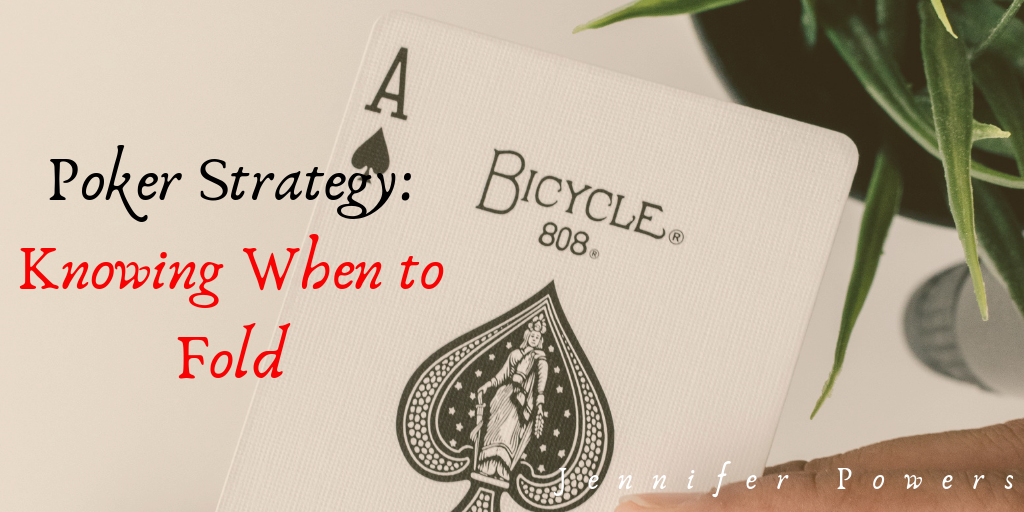Poker is often thought of as a gambling game, but most gambling games are games of chance. While there may be some element of chance to poker, by and large, it is far more a game of strategy than chance. Certainly, there is an element of chance to how the cards fall, but the best poker players are more akin to chess players than gamblers. Folding is one tactic that can be used as a strategy and knowing when to fold is critical to playing the game. Here are three strategies to help you know when to fold.
Fold Often Early On
Most players fold too often, which can actually be used as a great strategy. Starting out by folding early and often can help set you up as a weak player, which can also set you up for a monster bluff on a large pot. If you fold too often, however, you take away the element of doubt. You need your opponents to be unsure if you have a good hand or not. If they believe you have a good hand every time you don’t fold, they will fold before the pot reaches peak capacity.
Aim to Fold No More Than 30% of the Time
If you are playing against novice players that fold often, they are setting themselves up to be bluffed time and time again. If you are playing against more experienced players, however, you want to set up your bluff and save it for when you really need it. If you start out folding early and often when you are chip heavy, then you can settle into a more respectable fold percentage. You want to be the one to set up a bluff, not be set up for consistent bluffs by another player, which means your sweet spot should be right around 30%.
Fold More When Your Chips are Low
You are less likely to win a big hand when you are low on chips. Therefore, you want to play more conservatively when you have less to win. This is also going to help pace yourself and set yourself up for a major bluff at just the right time – when you are chip heavy and stand to win a large pot.
